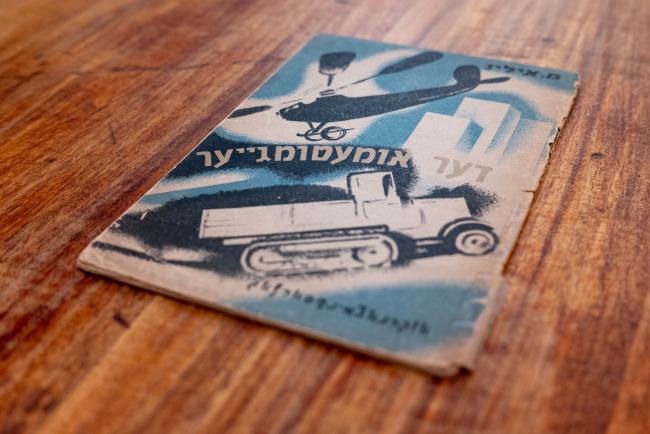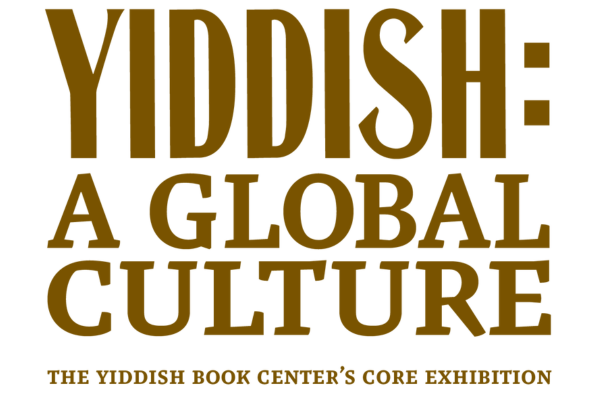The Machine That Goes Everywhere
A Soviet Yiddish kid’s book imagines a future of unlimited transportation
Published on March 08, 2024.
As a boy, I could often be found staring in awe as great big dump trucks, excavators, airplanes, and more roared across my parent’s TV screen. What grasped my attention so thoroughly was Mighty Machines, a staple of children’s programming on Ontario’s public-access TV channel, TVOKids.

Yet the captivating magic of machines goes back much farther than my childhood obsession. In 1933, engineer and author of popular science books for kids M. Ilin—the pseudonym of Ilya Yakovlevich Marshak, younger brother of famed Soviet Jewish children’s author Samuil Marshak—was busy bringing the wonders of all the new advances in transportation technology to Soviet children. Translated from his original 1930 Russian text, Der umetumgeyer (The Go-Everywhere Machine) paints a picture of the future of human transportation:
A succinct introductory note to the Yiddish edition provides some context. It was the beginning of the second finfyor (Five-Year Plan), and industrialization was the watchword of the day. Quoting Stalin—“technology determines everything”—the unnamed editor informs us in no uncertain terms that mastery of technology is not only key to the future of transportation and connection but also an essential ingredient in the success of the socialist project.

After detailing all the various technological hurdles that have to be overcome before the Go-Everywhere Machine can leave the realm of science-fiction—and the various machines that might be invented along the way such as the Crawling Tractor and the All-Terrain Tank—Ilin concludes with a note on the promise of this new technology, every bit as disheartening in hindsight as it was optimistic in its contemporary moment:

While the ambitions of unfettered mobility have yet to be realized—technologically or politically—Ilin’s Umetumgeyer is an imaginative reminder of the many forms of utopian thinking that found their home in the Yiddish word.
— Caleb (Shmuel) Sher, Richard S. Herman Senior Bibliography Fellow
This post is one of a series expanding on books and artifacts found in our core exhibition, Yiddish: A Global Culture. Read more:



